|
Duang-rithi
Klaewplodthuk is the
person behind the cooking
of Thai food as an expert
instructor at many
university-level
educational institutions.
From his own experience,
he called ML Nueng Nilrat
as Grandma. After working
for a while, he began to
realize that he liked food
because he often liked to
write short articles about
food on his personal
Facebook page, using the
title ‘Stories from
the Charcoal Stove’.
Then, the editor of Health
and Cuisine magazine at
that time invited him to
write the Taste and Tales
column in that magazine.
He wrote for almost two
years and started
designing menus at the
same time.
During his university
studies, Duang-rithi
received kindness from ML
Nueng Nilrat, the
granddaughter of M.C. Ying
Sabai Nilrat, who was in
charge of the kitchen in
the palace of Princess
Vimada during the reign of
King Rama V. Because of
his love of history and
food, he often visited
Grandma Nueng, who treated
him kindly and let him
learn the secrets and
recipes. He used the
knowledge gained to write
about it in the Taste
& Tales column. After
that, he became a food
stylist for Harper’s
Bazaar magazine,
presenting new menus that
were more fashionable in
the style of the magazine,
both Thai and
international menus.
Later, Duang-rithi became
a menu consultant for Baan
Suriyasai restaurant,
which was managed by Thai
Beverage Public Company
Limited. His main duty was
to oversee all menus in
the restaurant, including
a royal Thai style menu,
the taste of the food, the
design of the menu, and
the media.
During the menu setup
period, Duang-rithi would
prepare it for
himself every time to
ensure the taste, and also
to recommend techniques
and secrets to the
restaurant’s chefs.
He would also taste each
dish and include the story
of each dish, such as the
history of that dish,
which ingredients were
outstanding. He paid
attention to every detail
until it turned out to be
royal Thai food or food
from old Bangkok nobles,
according to the concept
set by the
restaurant.”
Duang-rithi added that
most of the menus in Baan
Suriyasai restaurant were
recipes from various
palaces or from menus of
various families. The
stories of each
family's food and
desserts will be presented
in this shop.
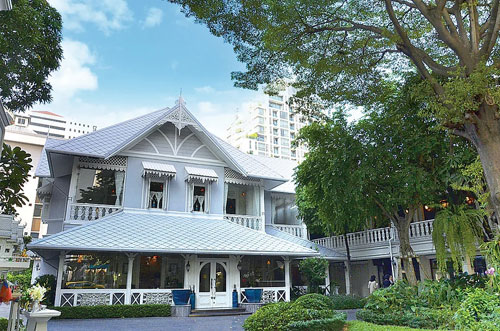
After 7 years, it was an opportunity for me to interview Duang-rithi
Klaewplodthuk again. (See: https://www.scene4
.com/archivesqv6/2017/feb-2017/0217/janineyasovant0217.html).
From that time I have been regularly following his work.
It is always surprising that Thai food sets a standard of cooking which
is thorough and amazing in taste. The selection of ingredients, the use
of herbs or the proportion of meat and vegetables that have been
selected make the standards from every region careful to transfer
knowledge to foreign kitchens without limitations. Thai cuisine that
calls itself the "royal kitchen", comes from the King, e.g., the royal
journey by water, the songs of rowing by the crew who work together
or at different times, will refer to recipes from literature that still
appear in royal ceremonies today.

JY.
Do you have any ideas or inspiration from Thai culture in
designing the menu? If so, tell us about your design experience or
examples of the menus you have created.
DK.
Thai culture is constantly changing. It is diverse, colorful, and
lively. There is a mix of old and new, and a mix of cultures from many
countries around the world. However, these things make Thai culture a
unique culture because Thai people are smart in “selecting, accepting,
and adapting” things around them to make them suitable, which
eventually becomes who we are.
In my creative food design work, I always use them, such as the Food
Stylist presentation of #PadThaiFaiTalue noodles by Chef Andy Yang, a
new generation of Pad Thai with world-class flavors that has received
the Michelin Bib Gourmand award for several consecutive years. I have
presented everything from #AuthenticThai or Very Thai to lighting,
colors, and prop selection in dishes with universal cooking methods,
which has always been a part of Thai culture.
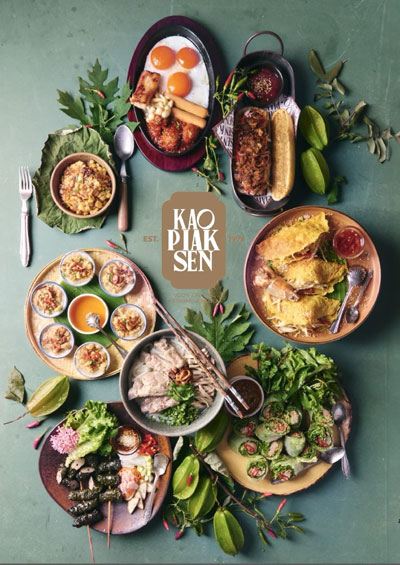
Or Food Styling, Food Arrangement, and Food Design to create a menu
for #Khao, a classic Thai restaurant, where I present the warmth,
simplicity, and exquisiteness of the way of life and lifestyle of Thais in
the past, along with techniques, lighting, colors, and perspectives in an
international style. In order to communicate in line with international
tastes as easily as possible
Including Food styling, food arrangement and design to create menus
for Thai restaurants of various types of Street Food, which is a
distinctive food culture of Thai people. I try to bring out their identity
as much as possible by presenting it with universal techniques and
methods.
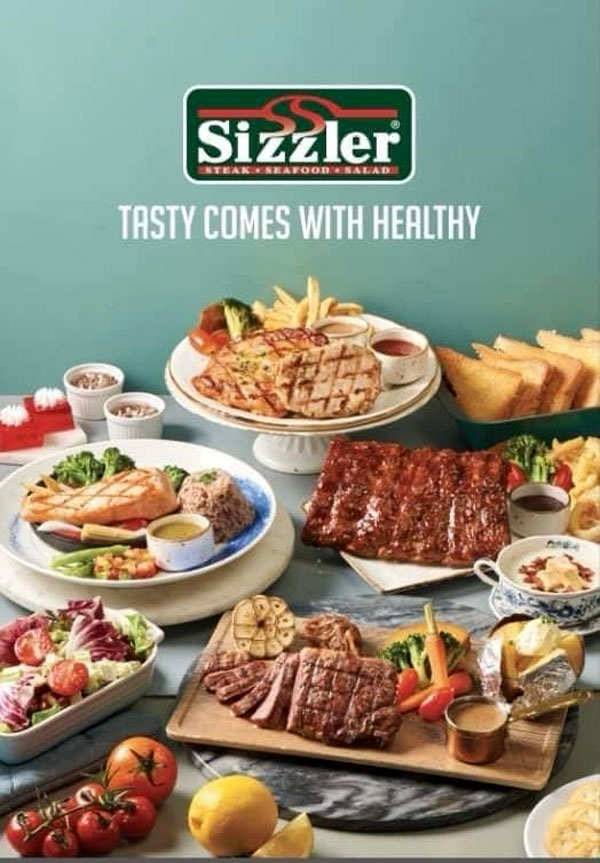
JY.
Tell about your past experiences in studying, teaching cooking or
food design so that readers in Thailand and abroad can get to know
you (once more).
DK.
I have been honored to be the organizer of Food styling, food
arrangement and design to create menus for many international
restaurant brands, such as Sizzler, which has created five menu books,
Swensens ice cream two books, The Coffee Club two books, including
many other brands and restaurants throughout Thailand, from fine
dining to street food, as well as being a lecturer at various institutions,
such as Le Cordon Bleu Dusit, as well as universities in every region of
Thailand. This has allowed me to see the evolution and changes in the
food industry both in Thailand and abroad all the time, so I have
consistently applied it to my work.
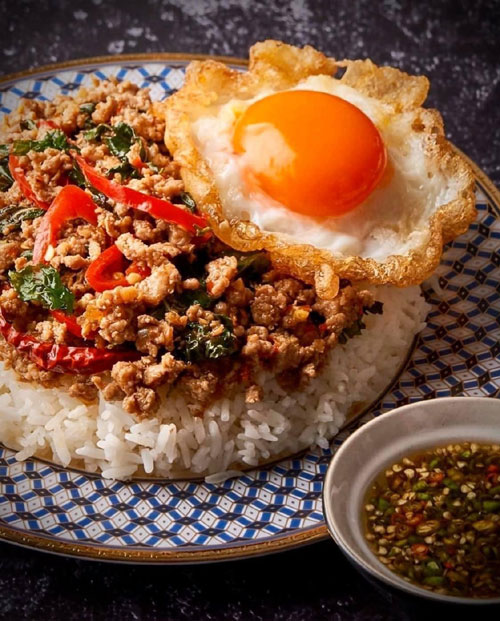
JY.
Using local ingredients to enhance the nutritional value of the
menu, such as experience in using local ingredients in design or
designing a menu that can accommodate people with different health
and cultural backgrounds, such as experience in designing a menu that
is suitable for those who want to lose weight or are concerned about
their health. How much?
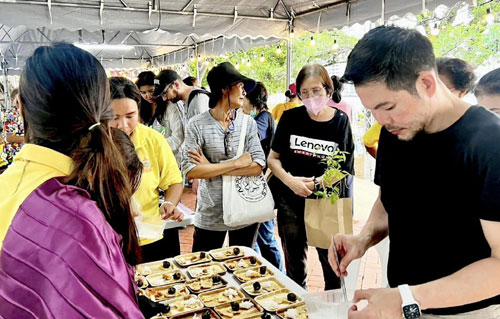
DK.
I have experience when I have to create Food styling for Thai food
that customers give me the task of wanting it to be Thai Fine dining or
creative Thai in order to elevate Thai food or using local ingredients. I
will always be aware of their unique identity or distinctive identity to
the most accurate.
In my opinion, Thai food that is Fine dining must be eaten in a perfect
ancient Thai style in one set, which is having rice as the main dish and
having side dishes with all flavors: sour, sweet, creamy, salty, spicy,
astringent, complete in the set, which will be in all types of food, such
as boiled, stir-fried, curry, fried, spicy salad or chili paste, and ending
with dessert or fruit, all of which must use good quality ingredients,
arranged appropriately, in the right amount, and leave you feeling full
and satisfied, not too little or too much.
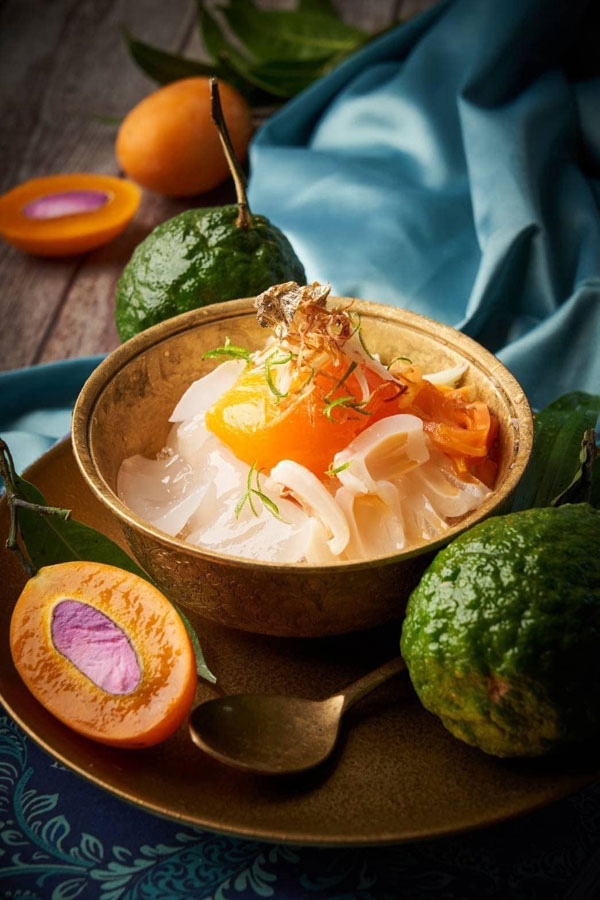
We will not arrange it in small bites, decorated with various edible
flowers. The new Western style of food arrangement, which I think is
not very suitable for the truly fine Thai style of eating. I don't think it is
an elevation of food, but rather a violation of the nature of Thai food. It
is a playfulness, a creation of art, or a fashion in food rather than eating
in real life. We may have to ask ourselves our true feelings about how
to eat Thai food to the fullest.
Or even about the carving of Thai food in the eyes of Westerners in the
past, I once read a message from His Majesty the King, in which His
Royal Highness Prince Damrong Rajanubhab said that during the reign
of King Rama V, when preparing a meal for the Tsarevich of Russia,
the royal amulet room was very determined to arrange the table by
carving vegetables meticulously and skillfully to show the civility of the
Thai people and to show that the Thai nation was not a barbaric nation.
However, the Tsarevich did not eat at all because he considered it
unclean (as stated in the record).
But I believe that he really did not eat because Westerners took this
matter very seriously, which is the matter of hygiene. Or cleanliness
and hygiene, that is, they often admire and express excitement because
they see that these foods are made (beautifully decorated) entirely by
hand (handmade), which Westerners do not do with food. Therefore, it
is considered something that takes a long time to make and has
sentimental value.
Like when the Royal Palace arranged "Thong Ek Krachang" dessert as
a dessert in Princess Alexandra's meal at the light and sound show at
Wat Arun Ratchawararam, with Her Royal Highness Princess Maha
Chakri Sirindhorn presiding, decades ago. The Princess praised and
was very impressed when she learned that this dessert was decorated
entirely by hand, but she only tried one piece.
These ideas are not right or wrong because everyone in the world has
their own ideas, according to their way of life and the environment that
has shaped them since birth, including the framework of customs,
beliefs, and traditions.
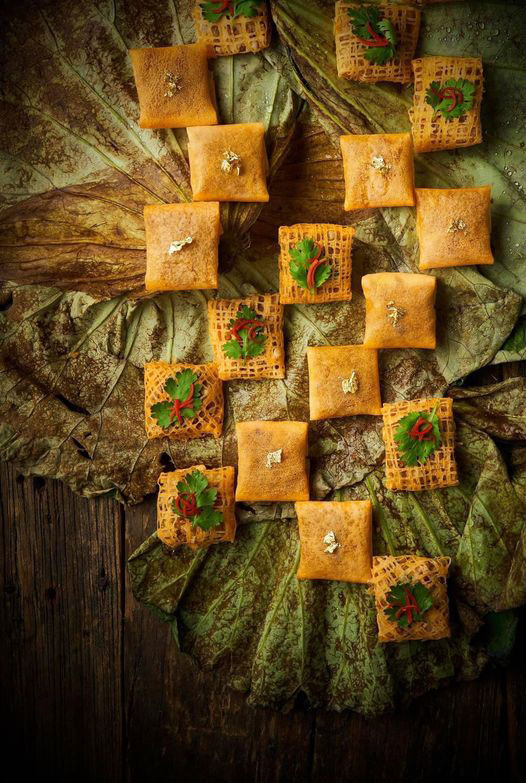
JY.
In creating new menus, do you have any ideas about using
technology or special materials to increase the interest and value of the
menu?
DK.
I use it all the time because I understand the changing trends in
the world.
|